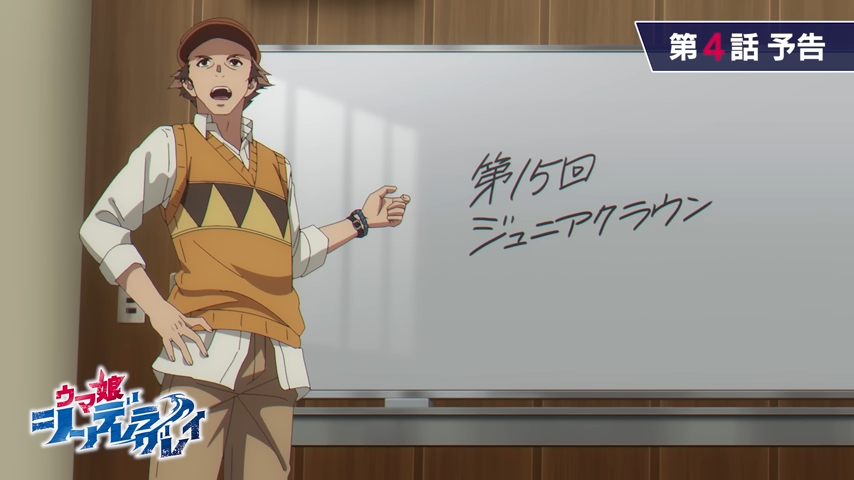
Arisunime — In the visual novel Summer Pockets, the “Tachibana of the Lost” is a unique cherry blossom tree located on Torishirojima island. Unlike typical cherry trees, this one does not shed its petals until the end of summer, symbolizing its detachment from the normal flow of time. This tree serves as a poignant metaphor within the game’s narrative, representing themes of memory, time, and the longing to hold onto fleeting moments.
A Tree Beyond Time
The “Tachibana of the Lost” stands out due to its unusual blooming cycle. While most cherry blossoms bloom and fall in spring, this tree retains its petals throughout the summer, shedding them only as the season concludes. This anomaly suggests that the tree exists outside the conventional passage of time, mirroring the game’s exploration of time loops and the desire to preserve precious memories. The tree’s persistent bloom serves as a visual anchor for the characters’ emotional journeys, particularly their struggles with change and the impermanence of life.
Symbolism in the Narrative
Within Summer Pockets, the tree’s resistance to the natural order reflects the characters’ internal conflicts. For instance, Umi’s repeated time loops to prevent her mother’s death parallel the tree’s defiance of seasonal change. The “Tachibana of the Lost” becomes a silent witness to these cycles, embodying the tension between the desire to hold onto the past and the necessity of moving forward. Its eventual shedding of petals signifies acceptance and the inevitability of change, reinforcing the game’s themes of growth and letting go.
Cherry blossoms, or “sakura,” hold significant cultural meaning in Japan, often symbolizing the transient nature of life. The “Tachibana of the Lost,” by deviating from this norm, emphasizes the unnaturalness of clinging to the past. Its unique blooming pattern challenges the traditional symbolism, inviting players to reflect on their own experiences with loss and the passage of time. The tree’s presence encourages a deeper emotional engagement with the narrative, as it encapsulates the bittersweet beauty of memories and the courage required to embrace change.
Conclusion
The “Tachibana of the Lost” in Summer Pockets is more than just a botanical curiosity; it’s a powerful narrative device that encapsulates the game’s central themes. By existing outside the normal flow of time, the tree mirrors the characters’ struggles with memory, loss, and the desire to preserve moments of happiness. Its eventual return to the natural cycle serves as a poignant reminder of the importance of acceptance and the beauty found in life’s impermanence.***











